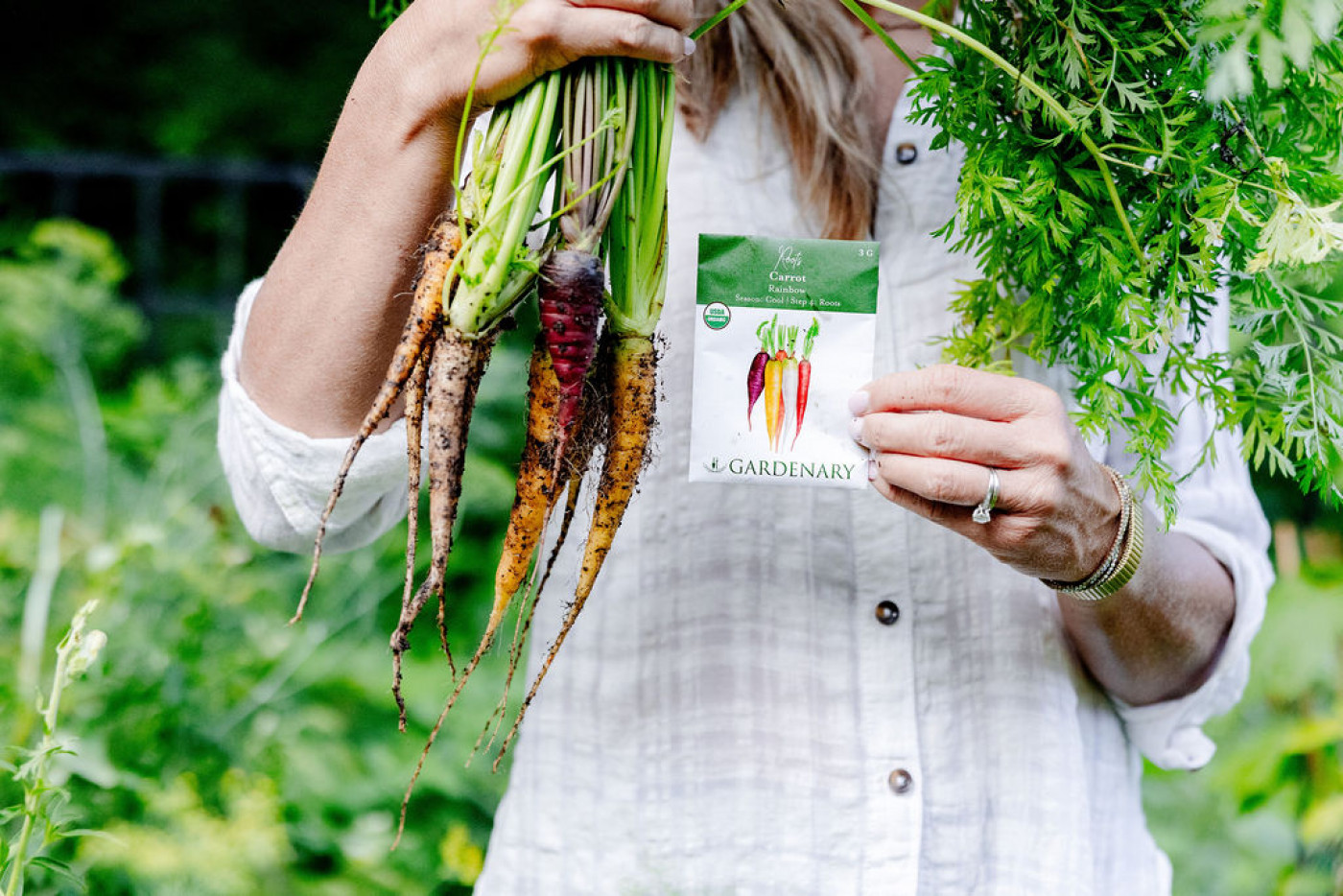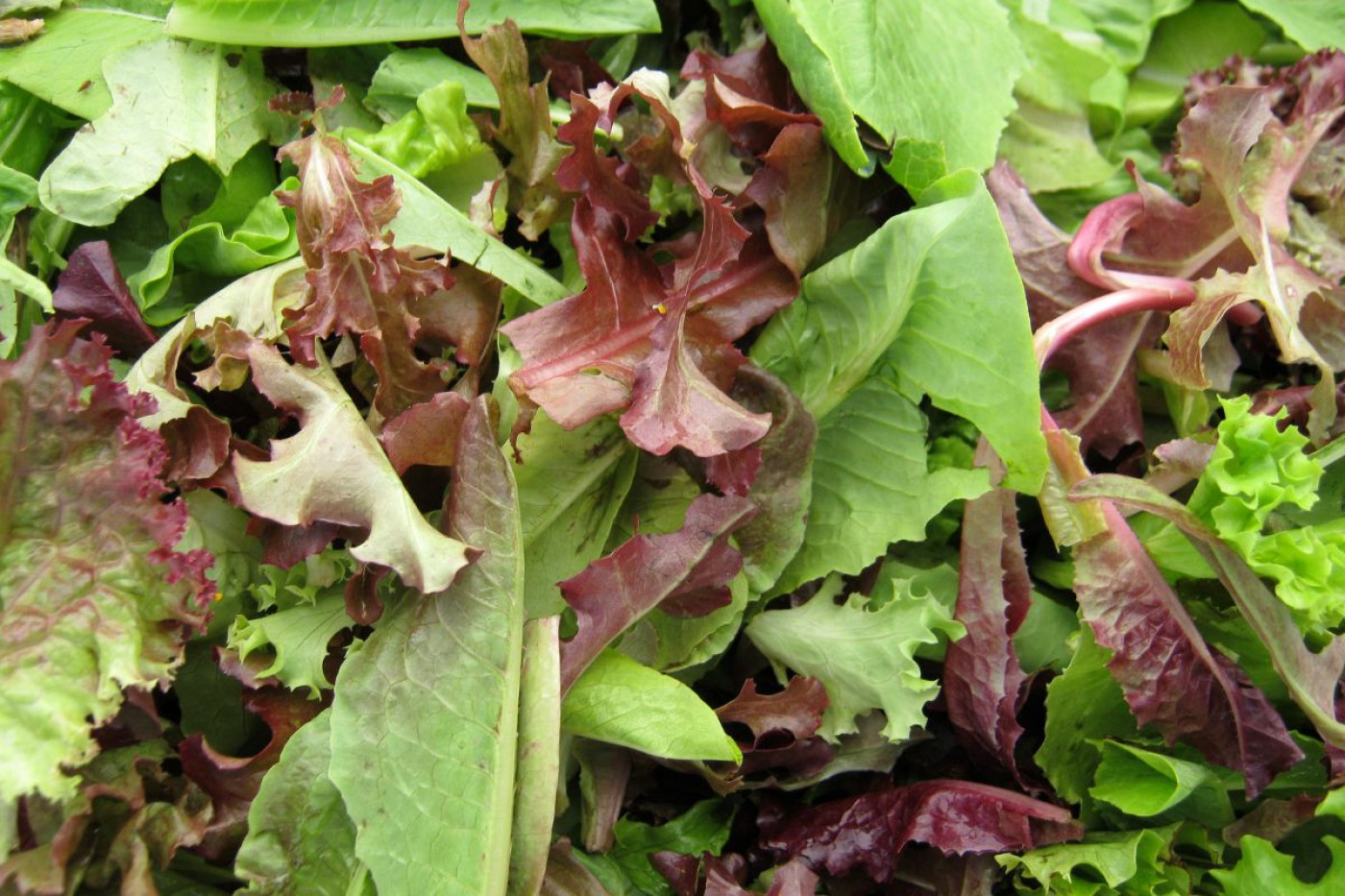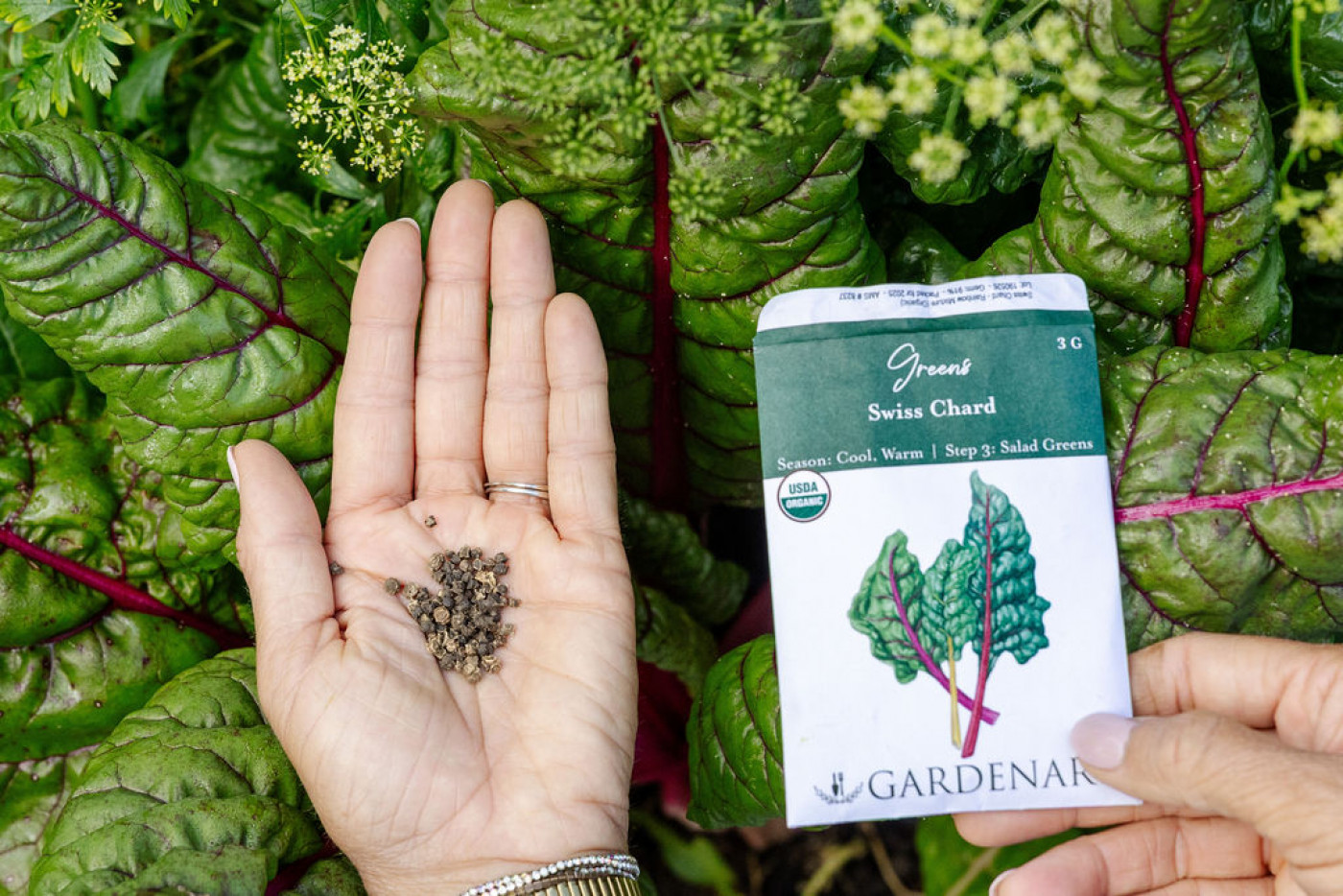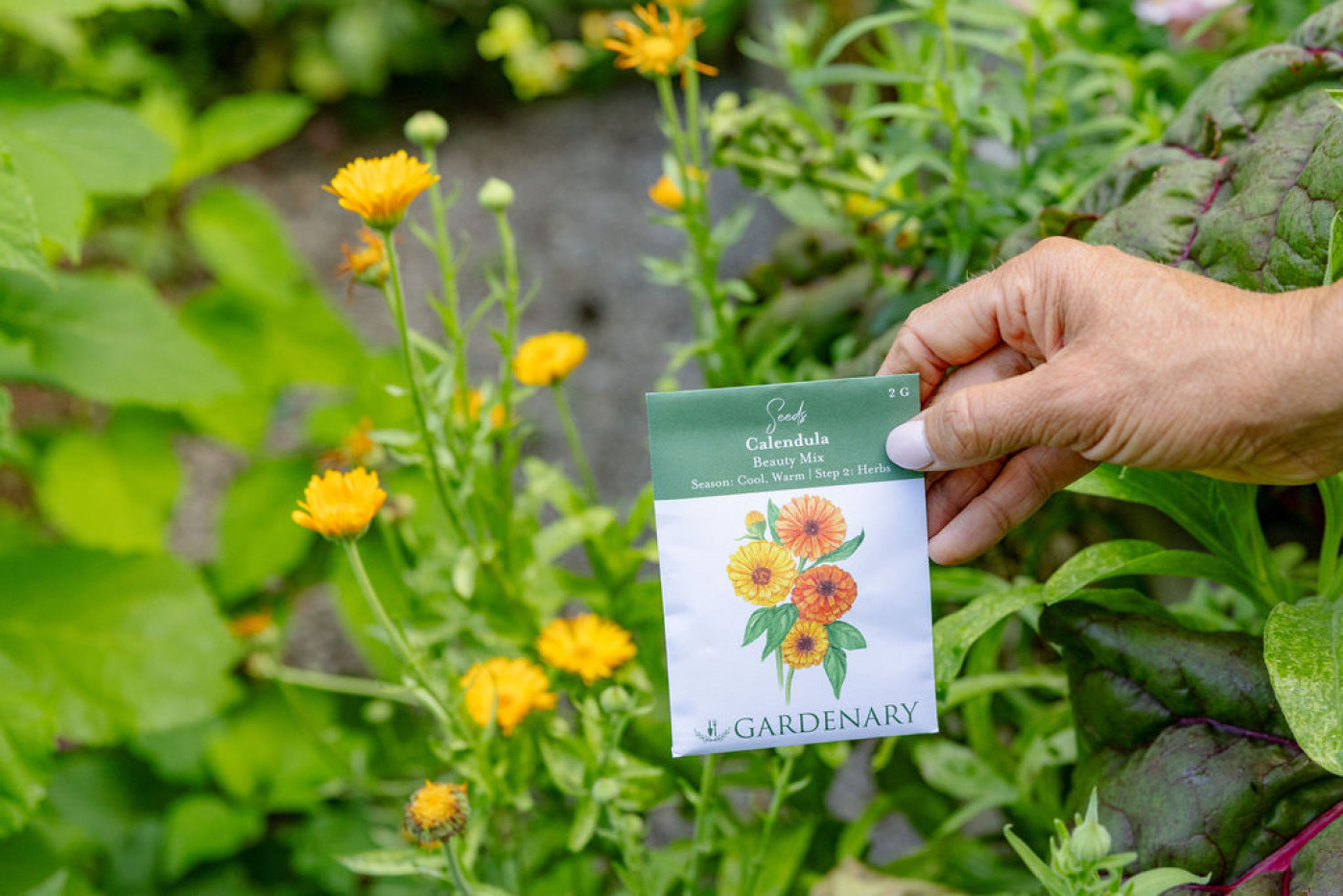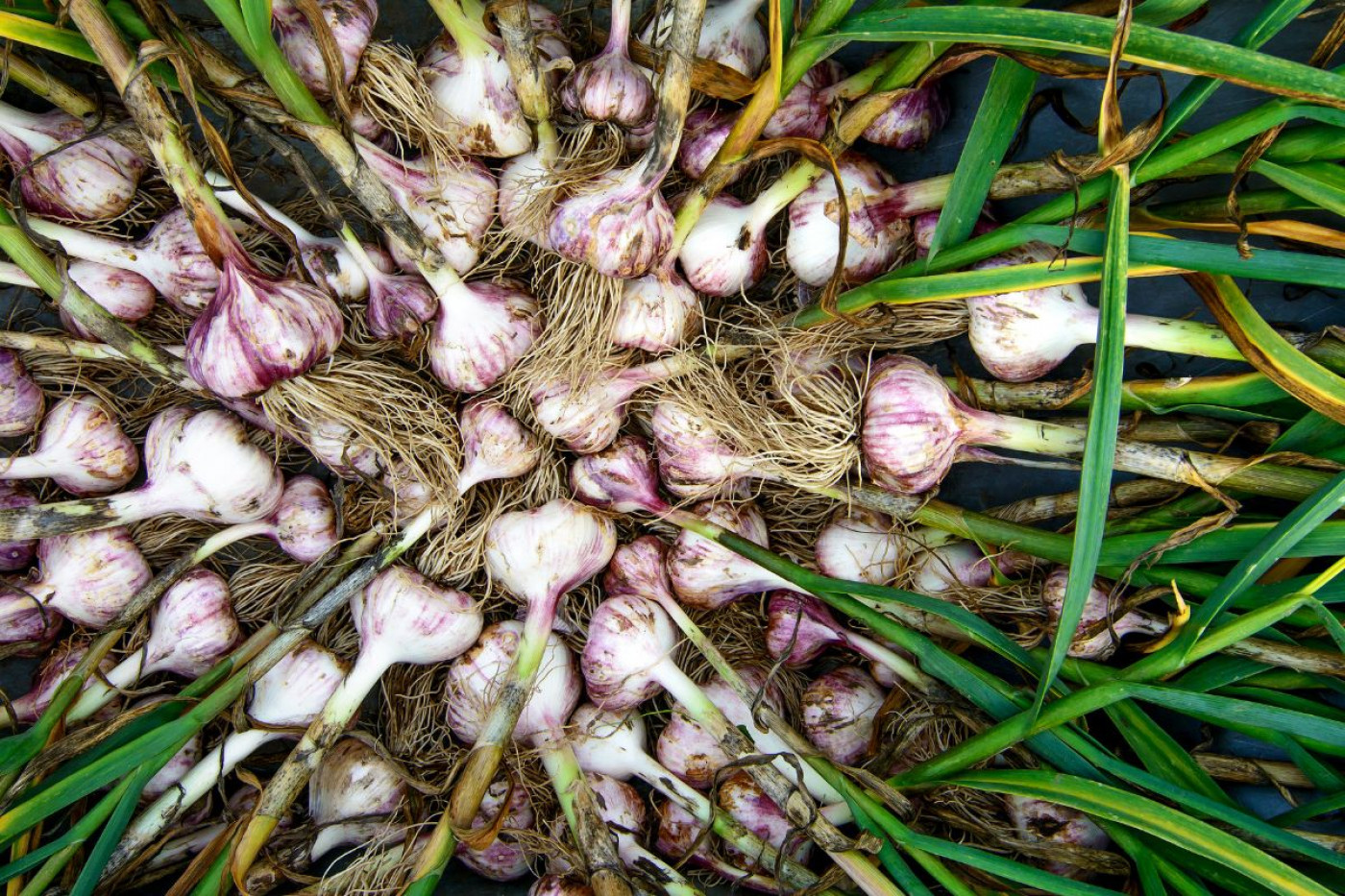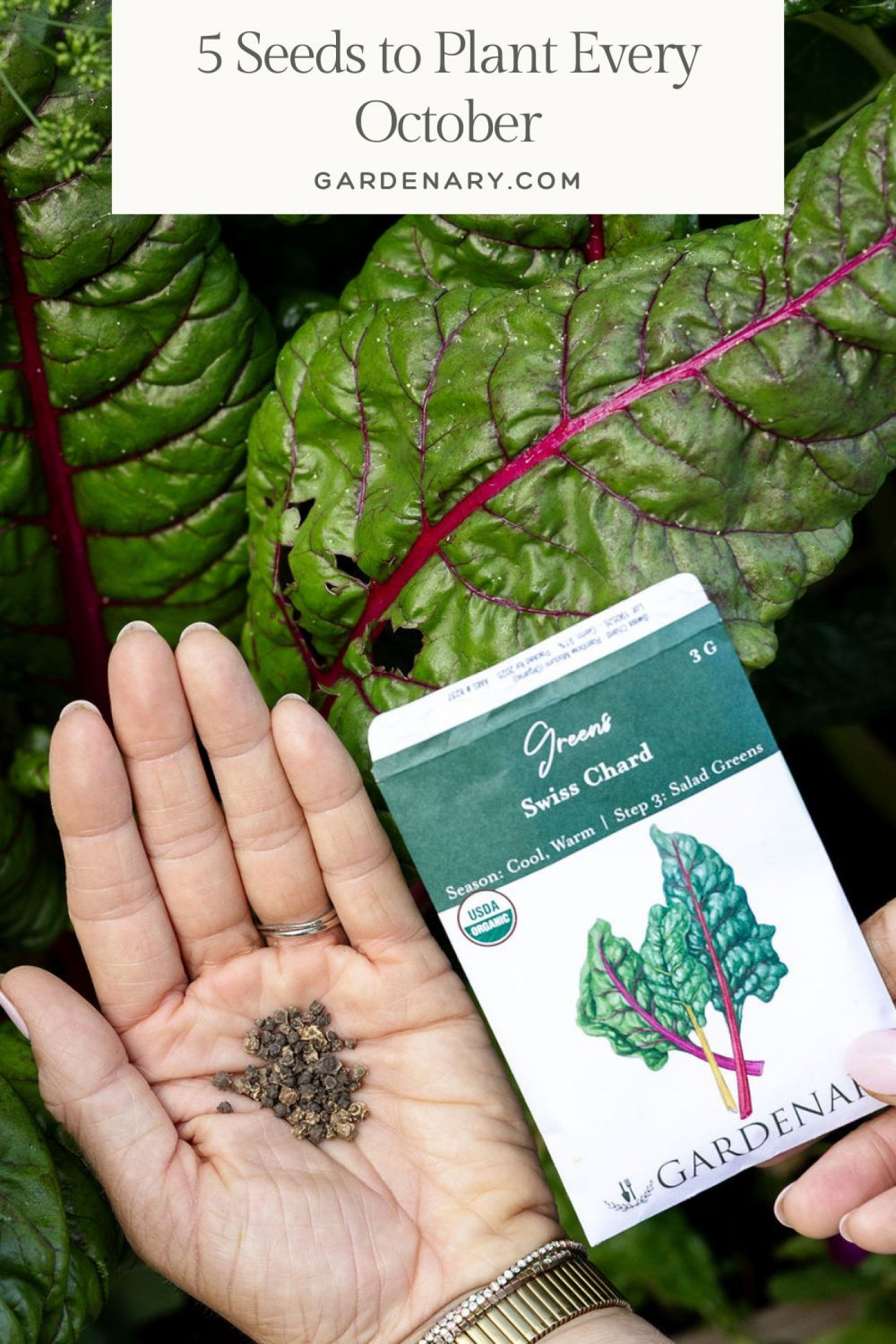At a Glance
- Find the best seeds to plant for your region by using our simple method. First, determine if you're a number 1 or 2.
- If you're a 1, plant fast cool crops for quick harvests: spring mix, spinach, radishes, carrots, and beets.
- If you're a 2, plant longer cool crops and climbers: arugula, mustards, Napa cabbage, kale, chard, and fava beans.


Your 2026 Garden, Planned for Success
Know exactly what to plant and when in 2026. Get personalized dates for your location and access to the Garden Game Plan Workshop—so you can plant with confidence and harvest in every season.
Gardening in October
I do not plant a single seed in October until I answer one question: am I a “1” or a “2”? I picked up this habit after gardening in Chicago, Houston, and now Nashville, and it has saved me from failed fall crops many times. The idea is simple. If frost arrives in October where you live, you are a #1. If frost comes after October 31, or never comes at all, you are a #2. Once you know your number, the rest falls into place.
In this guide, I will walk you through how to figure out your number, then share the exact seeds I plant in October for each situation. Everything is organic, practical, and raised-bed friendly. I keep the pace lively because October moves quickly. Cooler days are a gift for gardeners, but they do not last forever.
Find Your Number
First, you need to look up your first fall frost date. That is the average date when temperatures hit 32°F (0°C) for the first time. You can find your frost dates with our easy online calculator HERE. Simply enter your zipcode.
If your first frost date falls in October or earlier, you are a #1. If your first frost lands in November or later, or you do not get frost at all, you are a #2.
Why this matters: October planting is all about timing. The number 1 group is racing the clock and wants fast, cool-loving crops. The number 2 group gets a longer, gentler runway into winter and can grow larger greens and even some fruiting cool-season crops. Both groups can grow a surprising amount of food if they pick the right seeds before winter!
Prep the Gardenary Way
October planting goes best in a garden bed that is refreshed and ready. I top the soil with a 1 to 2 inch layer of finished compost, then rake it smooth. Compost is your foundation. It feeds your plants, improves soil structure, and supports steady growth without synthetic fertilizers.
A few quick setup notes that pay off all month:
- Light: Aim for at least 6 hours of sun. Your fall sun sits lower in the sky, so watch for new shady spots from fences and trees.
- Moisture: Seeds need consistent moisture to sprout. Keep the top 1 inch of soil damp during germination.
- Spacing: Plant to mature size. Tight spacing is good, but know how big your plant will get to allow enough space. Leaves should eventually touch to form a living shade over the soil.
Group #1: Plant Quick Leaves and Roots
If frost has arrived or is likely in October, you want crops that love cool weather, sprout fast, and reach harvest within about 25 to 60 days. I focus on leaves and roots because they deliver the fastest return.
1) Spring Mix
My fall workhorse. I direct sow, then thin lightly so plants sit about 4 to 6 inches apart (10 to 15 cm). Spring Mix prefers cooler soil, so October is a sweet spot. If a hard freeze threatens, I throw on row cover in the late afternoon and remove it mid-morning. Expect baby cuttings in 25 to 30 days and steady salads after that.
2) Spinach
Spinach is the tough kid on the cool-season block. I sow thickly in rows, keep the surface moist, and expect germination in 10 to 12 days. I thin seedlings to 3 to 4 inches (8 to 10 cm). First harvests show up in about 45 to 50 days. A cold snap concentrates sugars, which is why fall spinach tastes so rich. If I have extra, I wash, dry, and freeze handfuls for winter omelets.
3) Radishes
French breakfast and classic cherry radishes are perfect October crops. I sow directly and thin to 2 inches (5 cm). Radishes pop in cool soil and mature in 25 to 30 days. I love a bowl of quick-pickled radishes in the fridge. If you sow every 7 to 10 days for three rounds, you get a steady supply before winter sets in.
4) Carrots
Carrots need patience, but reward it, especially after a nip of cold sweetens the roots. I sprinkle seed over a 2-inch-wide band, press gently, and cover with a very thin layer of fine compost. Keep the surface consistently moist. Thin to 2 inches (5 cm) once the frilly tops appear. If a sudden deep cold arrives, I lay a row cover over hoops to protect tender foliage and keep germination on track.
5) Beets
Beets do not mind chilly nights, and many hold beautifully through winter, pausing growth when cold is intense, then continuing in spring. I plant beet clusters 4 inches apart (10 cm), water well, and thin to one strong seedling per cluster. Greens are edible too, so do not toss the trimmings. Expect baby beets in 50 to 60 days.
Group #2: Plant for the Long Cool Stretch
If frost comes after October or you rarely see it, you are living the cool-season dream. Your job is to plant crops that enjoy a longer, steadier glide into winter. You still get quick wins, but you can also invest in larger greens and even cool-season fruiting crops.
Arugula
Arugula is the quick win in warm Octobers and the steady producer once nights cool. I broadcast sow, then thin to 4 inches (10 cm). It is ready to cut in about 25 days. Arugula tolerates a surprisingly wide range of temperatures, so I tuck it wherever I have a gap.
Red mustard and other mustards
Red mustard is one of the most beautiful and underrated fall greens. I direct sow and thin to 8 to 10 inches (20 to 25 cm). Big, ruffled leaves turn salads and sautés into a showpiece. Mustards often give multiple harvests from a single sowing over 50 to 60 days.
Napa cabbage
Once you grow it, the store version feels like cardboard. I start seeds directly in the bed and thin to 12 to 18 inches (30 to 46 cm). Napa typically needs 75 to 90 days. With your longer cool season, that timeline fits easily. Keep moisture steady to prevent stress, and give plants ample space to form heads.
Kale
Curly, dinosaur, or your favorite variety of kale planted in October becomes the anchor of a winter garden. I direct sow, then thin to 12 to 18 inches (30 to 46 cm). The plants will look modest at first, then become leafy machines once nights settle into the 40s and 50s°F (4 to 10°C). I harvest a handful of leaves per plant each week, all winter.
Swiss chard
Chard brings color and stamina. I direct sow and thin to 10 to 12 inches (25 to 30 cm). If a freeze threatens later, I give chard more cover than kale. In a mild winter, chard carries right through to spring.
Sugar snap peas and fava beans
Peas and beans are your “fruit” for fall. I plant seeds 1 inch deep (2.5 cm), set a trellis in place, and keep the soil evenly moist. Expect flowers and pods in roughly 70 to 100 days, depending on variety and weather. There are few October chores as satisfying as tying a young vine to a trellis while the air smells like fall.
Calendula
I always add a strip of calendula for color and function. Calendula is a friendly companion that attracts beneficial insects and can distract pests from your greens. I sprinkle seeds along bed edges, then thin to 8 inches (20 cm). Bright blooms brighten the garden when most ornamentals are winding down.
Both Groups Can Grow Garlic
Whether you are a #1 or a #2, October is garlic time. I break bulbs into cloves, choose the biggest cloves, and plant them 2 inches deep (5 cm), pointy end up, 4 to 6 inches apart (10 to 15 cm). In raised beds, I set cloves in a tidy grid so I can tuck fast greens between rows for a bonus harvest before winter. If critters are curious in your area, lay a temporary mesh or light row cover over the bed until the garlic roots in.
Garlic sits quietly through winter, then leaps to life in spring. In early summer, you harvest bulbs and feel like a garden magician. This is the crop that proves patience pays.
October Quick View
If you are a #1
- Spring mix lettuce, spinach, radishes, carrots, beets
- Keep covers handy for cold nights, and harvest small and often
- Sow in waves every 1 to 2 weeks to stretch the season
If you are a 2
- Arugula, red mustard, Napa cabbage, kale, Swiss chard
- Sugar snap peas and fava beans on a trellis
- Calendula along edges for beauty
Everyone
- Plant garlic now, then enjoy the payoff next summer
A Simple Frost Protection Routine
I think of cold nights in three steps.
- Check the late forecast. Clear and calm is the classic frost setup.
- Water lightly if the topsoil is dry. Moist soil stores and releases more heat than dry soil.
- Cover wisely. Use breathable row cover or a sheet that reaches the ground and is anchored with rocks or bricks. Avoid plastic touching foliage. Remove covers by mid-morning so plants can bask in the sun.
I keep tools handy so I'm not hunting in the dark. Covers, clips, and a few clean milk jugs for quick cloches live in a basket near the door. This habit turns a surprise cold front into a stress-free 10-minute task.


Start Your Garden the Easy Way
Get growing with 10 foolproof seed varieties, a 120-page gardening guide, planting plans, and step-by-step video lessons—all designed to help you succeed. The Easy Garden Kit makes it simple, fun, and affordable to bring fresh food and flowers to your backyard.
October Is Never Too Late
October planting comes down to knowing your number, choosing crops that fit your window, and keeping the basics dialed in. I refresh beds with compost, sow the right seeds for my conditions, water consistently, and keep a simple frost kit ready so I can respond quickly on cold nights. Whether I am planting fast leaves and roots or longer cool crops and climbers, I thin early, harvest small and often, and set garlic in now for next summer. With a clear plan and steady follow-through, October turns into reliable harvests and a smooth handoff to winter.
Click the image below to save this article for later!

